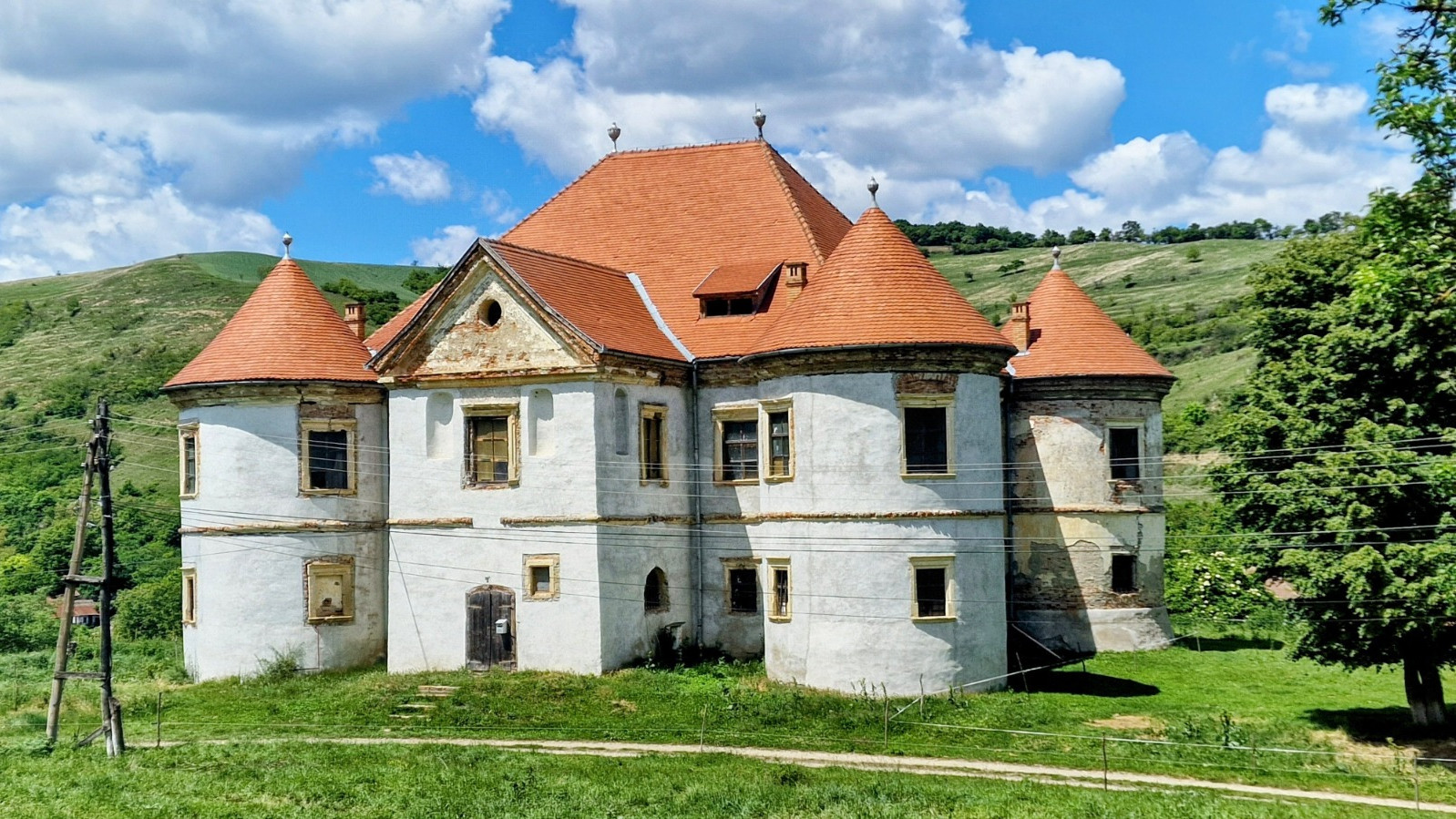Castles, Citadels, Architectural Curiosities
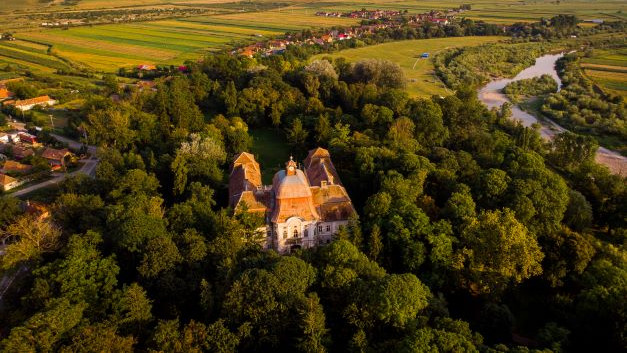
Teleki Castle - Gornești
Was built in Grassalkowich style, according to the Mayerhoffer architect's plans between 1771-1778, on the site of a former medieval fortress, on the order of the new owner, Mihai Teleki. Its 52 rooms and 365 windows, symbolizing the weeks and days of the year, are the charm of the castle. The castle plan is U-shaped with a high central dome above the main reception room. The decoration of the facades is simple, except for the central pavilion, which is decorated with pillars with ionic caps and arch windows with rococo ornaments, with another oval-shaped window above each. The most beautiful part of the castle is the upper floor salon, where the original wall cladding, two Rococo white porcelain stoves and three chandeliers were preserved. The castle park was inspired by the French at first, in order to turn it into an inspired one from the English culture from the 19th century. In the castlepark 11 statues were added, that are divided into two categories: 7 sculptures representing deities of Antiquity, 4 representing satirized human types from french history. In 1949 the ensemble was nationalized, and in 1956, after a tuberculosis epidemic, it was turned into a TBC Preventorium for children. The castle was retroceded in 2006, but only came into possession of the Teleki family in 2011 and was introduced into the tourist circuit.The castle is temporarily closed for restauration.
Learn more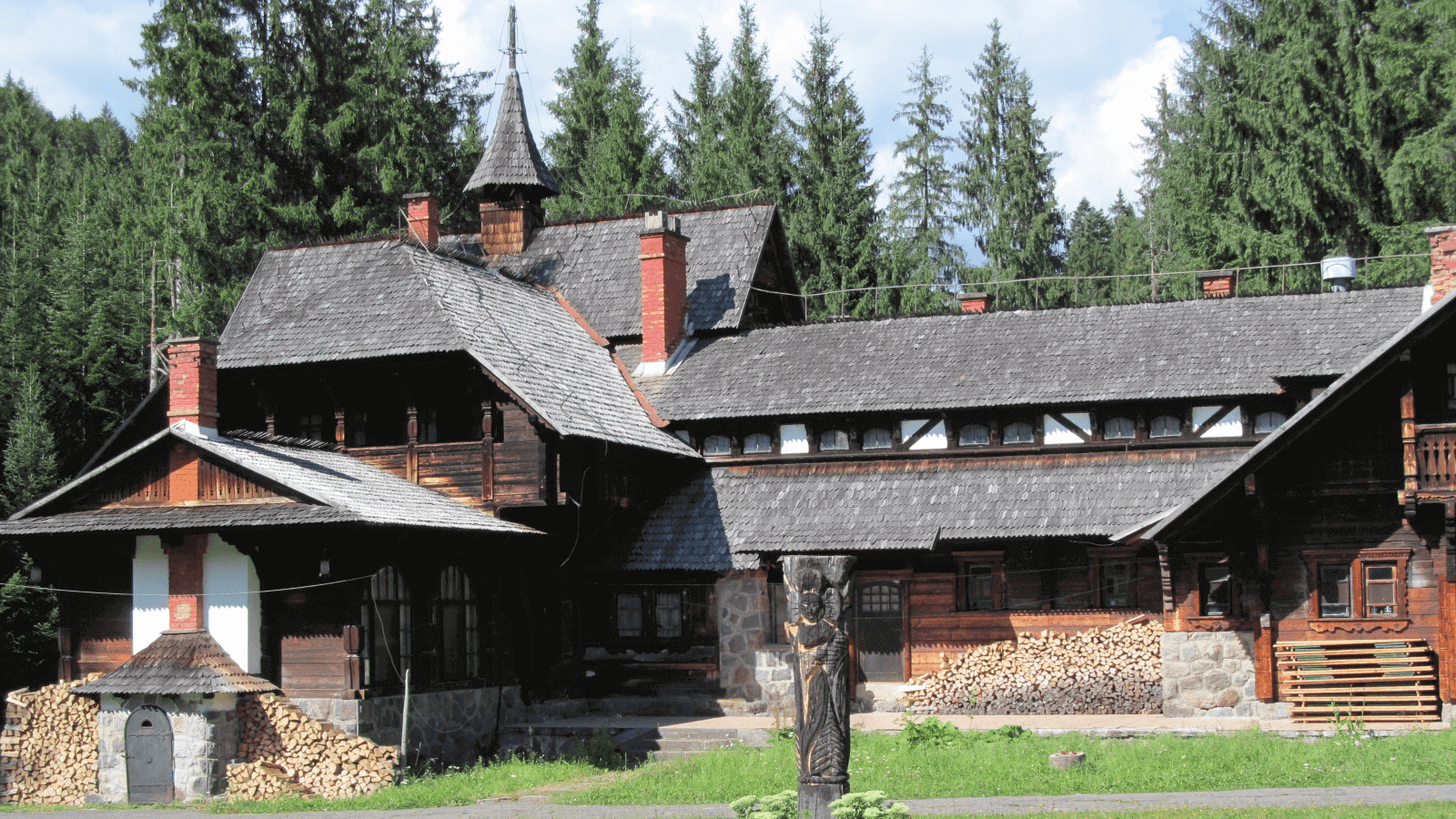
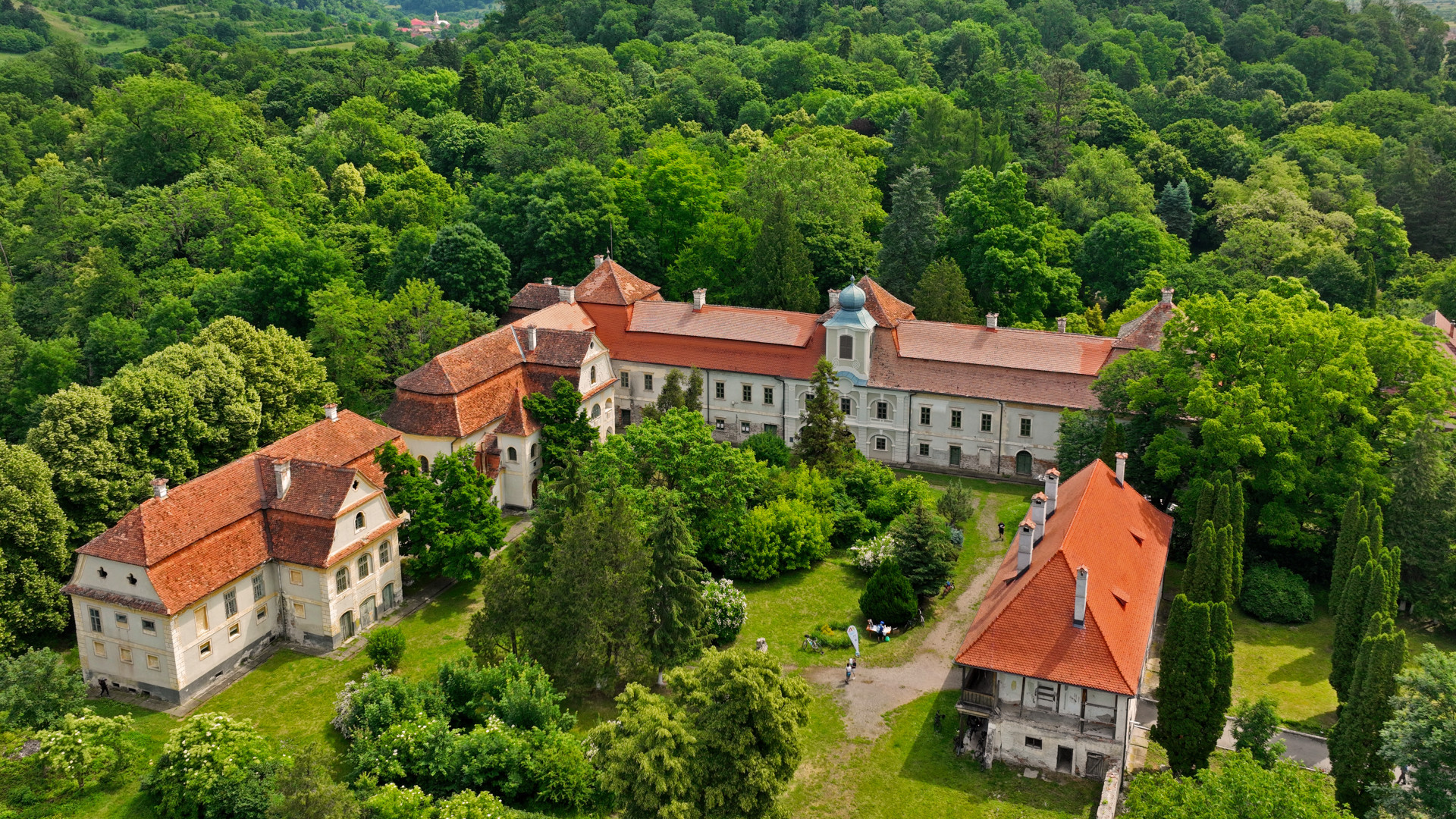
Rákóczi-Bornemisza castle - Gurghiu
13 km from Reghin, in the center of Gurghiu commune, right at the foot of the Citadel Hill, we find the Rákóczi-Bornemisza Castle ensemble. The beginnings of the castle are found during Prince Gheorghe Rákóczi I (1593-1648), who wanted to make a more accessible residence during the hunting parties to which he often participated in the Gurghiu Mountains. In 1717 he is concessioned to Vice-Chancellor Ioan Bornemisza and his descendants for the next 99 years. The Bornemisza family is investing in the field who manages to start up new buildings around the castle. At the moment, the Rákóczi-Bornemisza Castle is in the custody of the Mureş County Museum. Every year, with the occasion of "Open Doors Day" are organized museum pedagogy workshops, where participants have the opportunity to discover the history of the castle. Within the castle yard you can visit the dendrological park, established in 1740 by the Bornemisza family. Inside the park there are over 350 rare tree species, of which over 100 are exotic trees brought from other countries. The park offers its visitors a good opportunity to relax in a natural ambience, and to those who are botanical enthusiasts the opportunity to improve their knowledge.
Learn more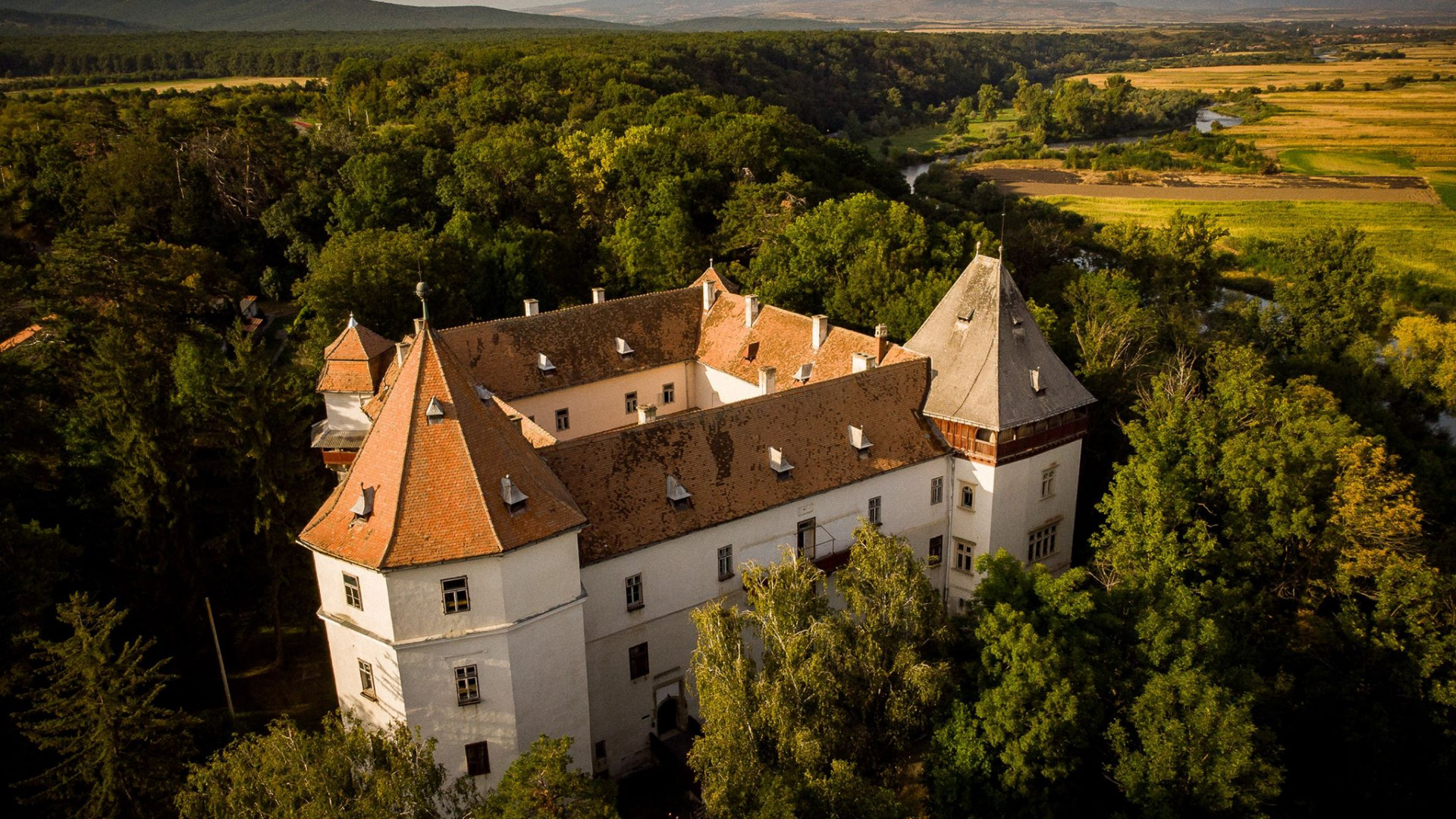
Kemény Castle - Brâncovenești
Located 38 km from Târgu Mureş and 11 km from Reghin, in the direction of Deda.The settlement was owned by the Kemény family for three hundred years. The two-storey building, with bastions at the four corners, received its current shape during the reconstructions between 1537 and 1557, and in 1818 it acquired the late Baroque look, which is reflected faithfully to this day. The building played a significant cultural role in the interwar period. At the initiative of Count János Kemény, in 1926, on the occasion of the founding of the Transylvanian cultural association "Helikon", 28 of the most prominent Hungarian literary figures of the time were invited to the castle. From this moment, for 20 years, the castle became the center of the literary meetings of the Hungarian writers from Transylvania. The park offers the final resting place for former Count János Kemény and writer Albert Wass.World War II did not cause much damage to the castle, but after the family left the area, the population completely devastated the building, and after 1949 it became a hospice for children with severe mental disabilities.Since 2014, the castle has once again become the property of the Kemény family, who opened it to the public.Opening hours (april - october): Tuesday - Friday 10.00 - 17.00 Saturday - Sunday 9.00 - 18.00 Monday: closed.Tours are guided and require prior reservation!Contact: +4 0741 225 141Address: str. Castelului nr. 215, BrancovenestiWeb: www.marosvecs.com Facebook: https://www.facebook.com/MarosvecsiKemenyVarkastely
Learn more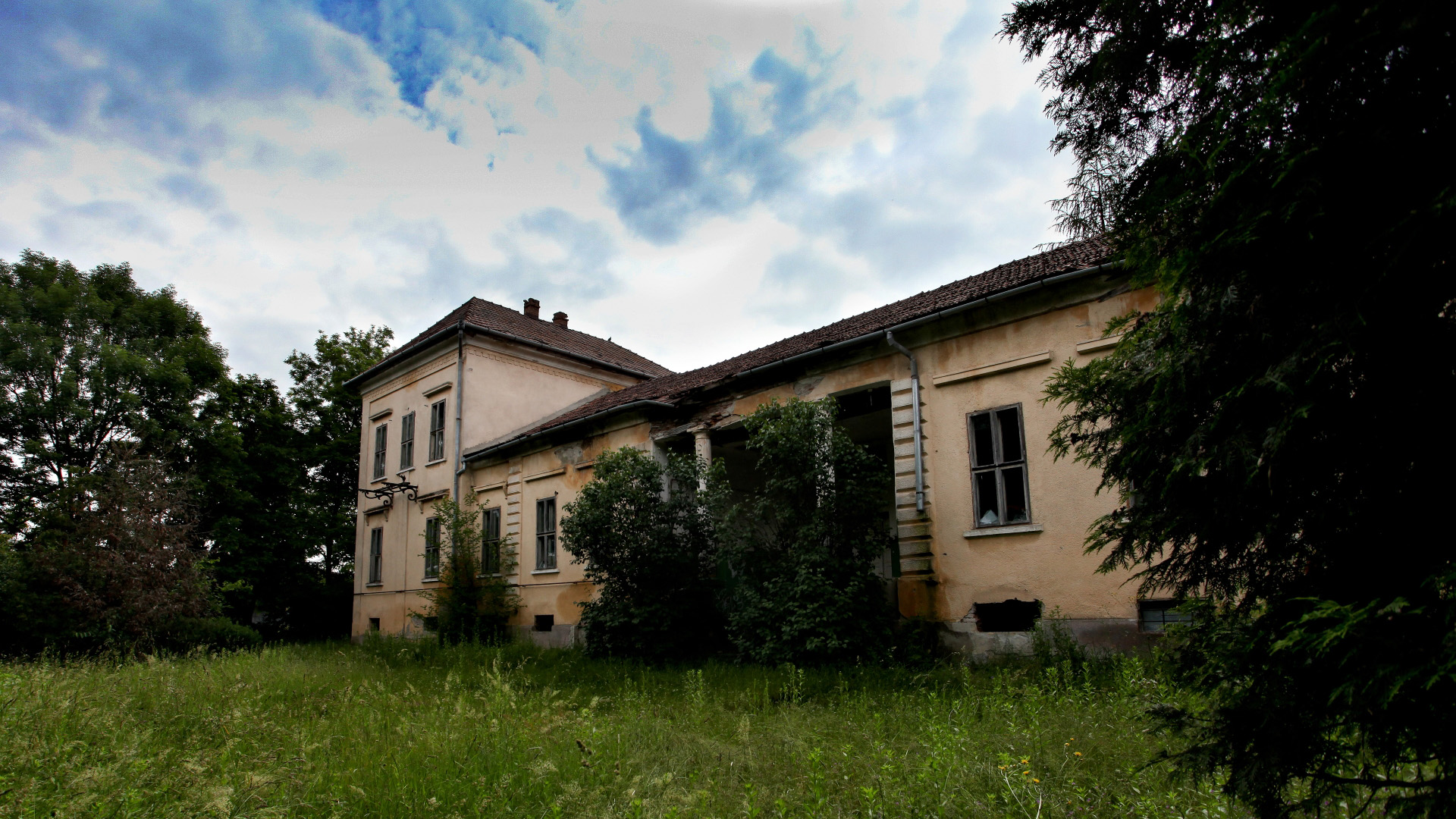
Balintitt Castle - Ernei
The Bálintitt Castle, built in the Neo-Baroque style in the 18th century, is located in the village of Ernei, 12 km away from Târgu Mureş. In 1946 the castle underwent some modifications, its northern wing was demolished, so the U-shaped building takes the form of "L", losing its initial symmetry. The castle park is on the hill next to the building, today only its remains can be seen. The pool in the middle of the giant park somedays was decorated with many flowers and trees, and it was full of boats.
Learn more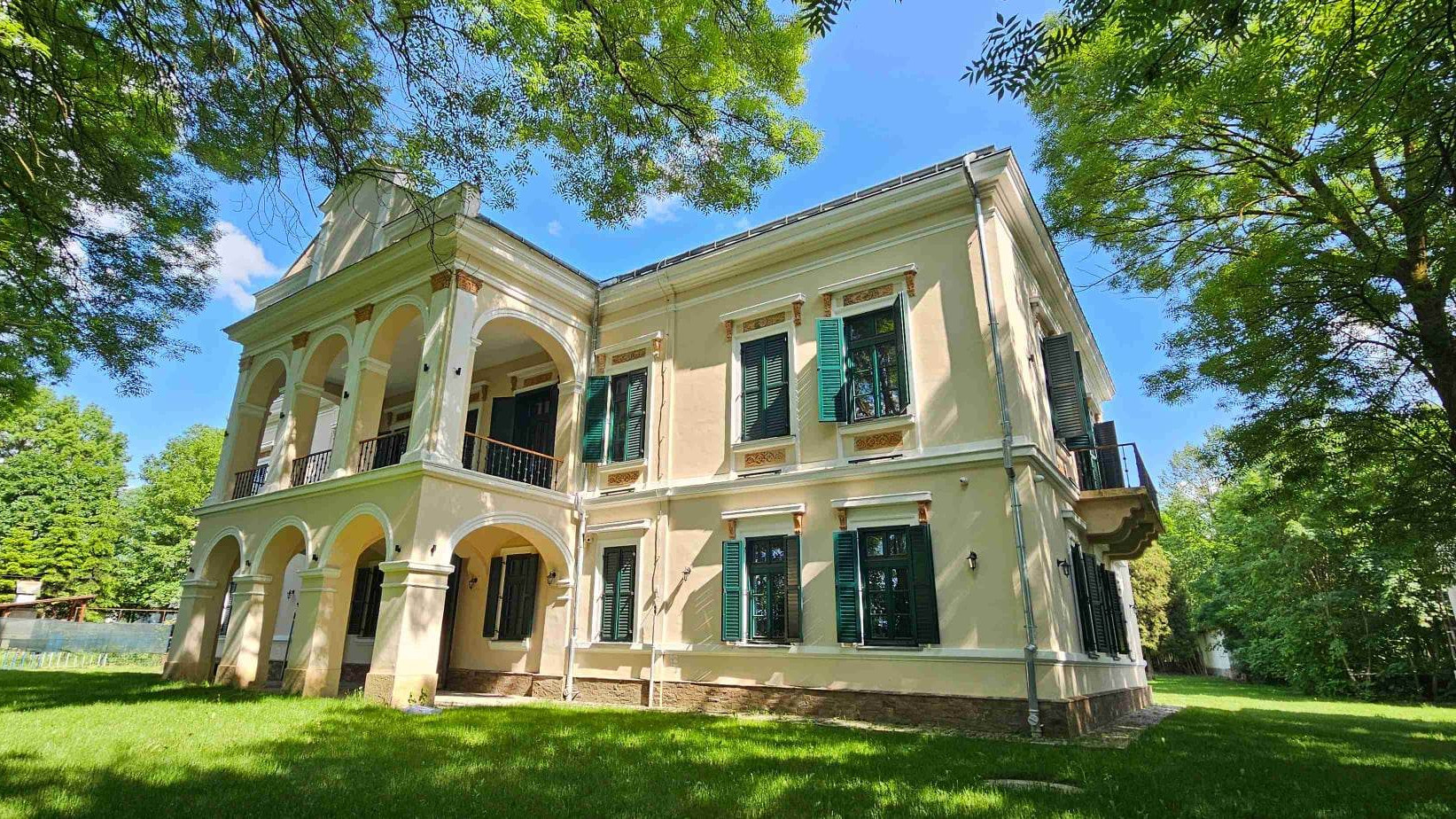
Máriaffi Castle - Sângeorgiu de Mureș
On the top of Sângeorgiu de Mureș commune, in a beautiful setting, lies the two-storey castle of the Máriaffy family, built in 1870.
Learn more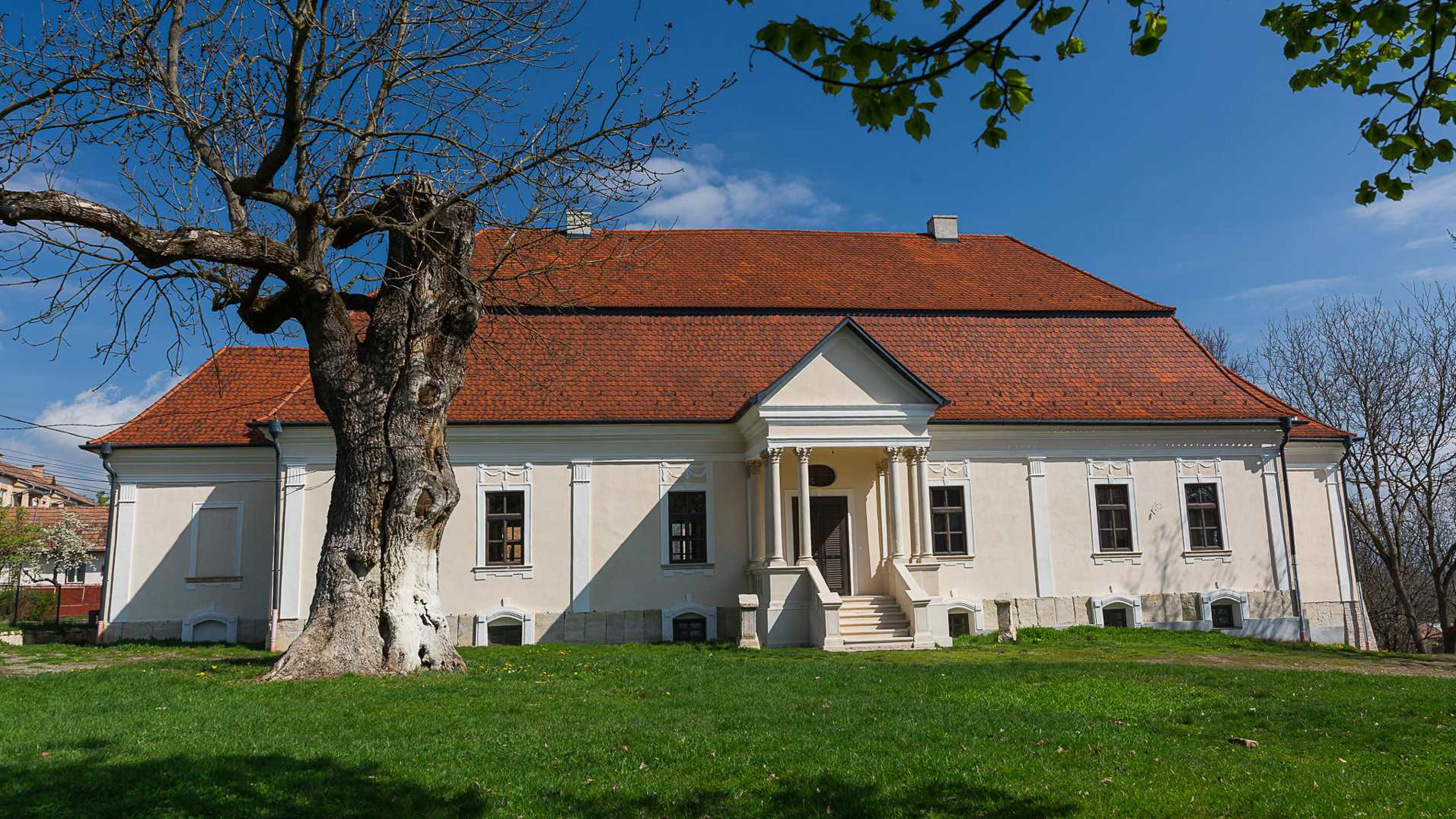
Zichy Manor - Voivodeni
The manor is a beautiful example of the Transylvanian Baroque from the end of the 18th century, which became the property of the Zichy family at the end of the 19th century.
Learn more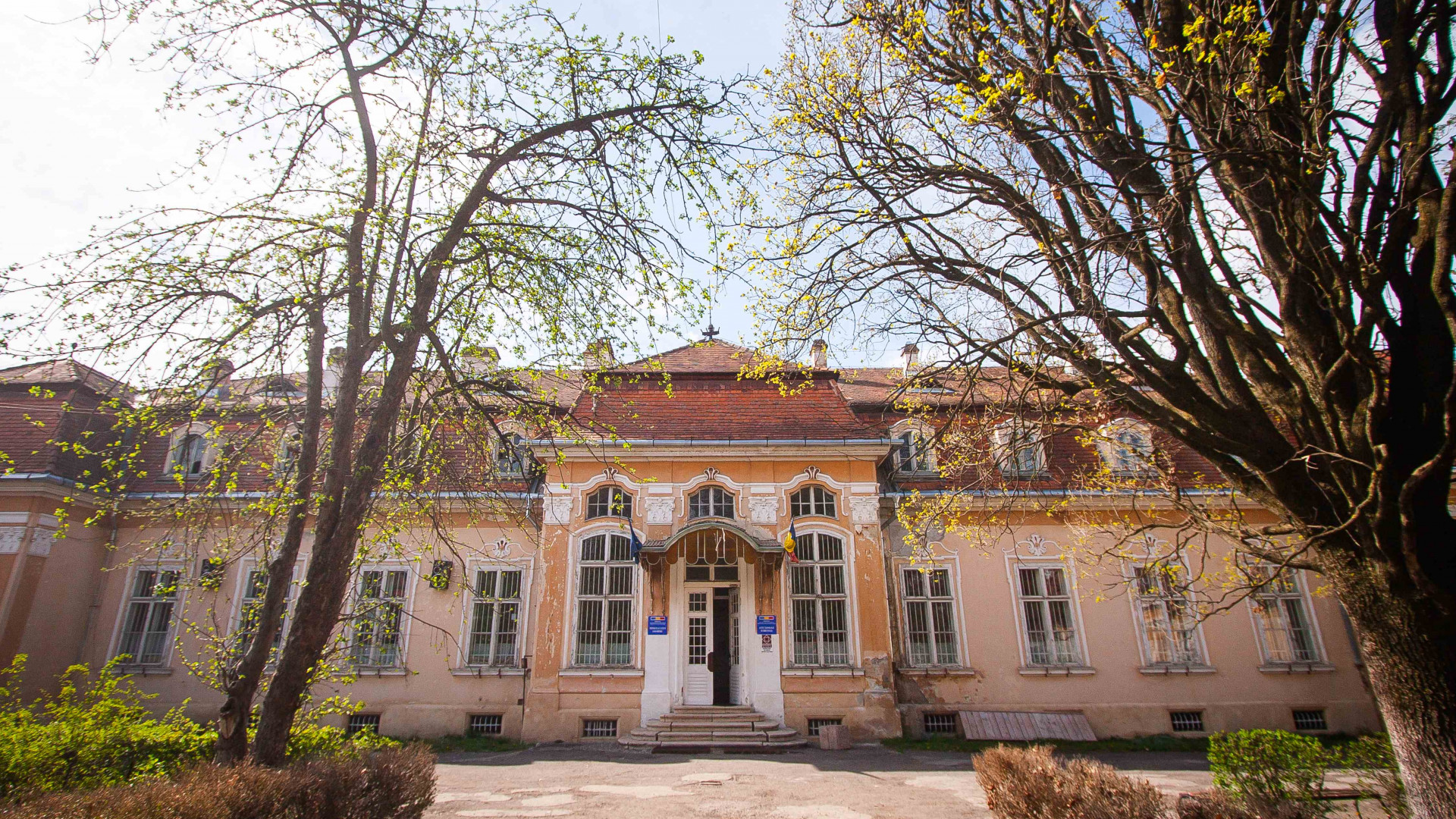
Teleki Castle - Dumbrăvioara
The castle was considered one of the most splendidly arranged Transylvanian aristocratic dwellings of the interwar period.
Learn more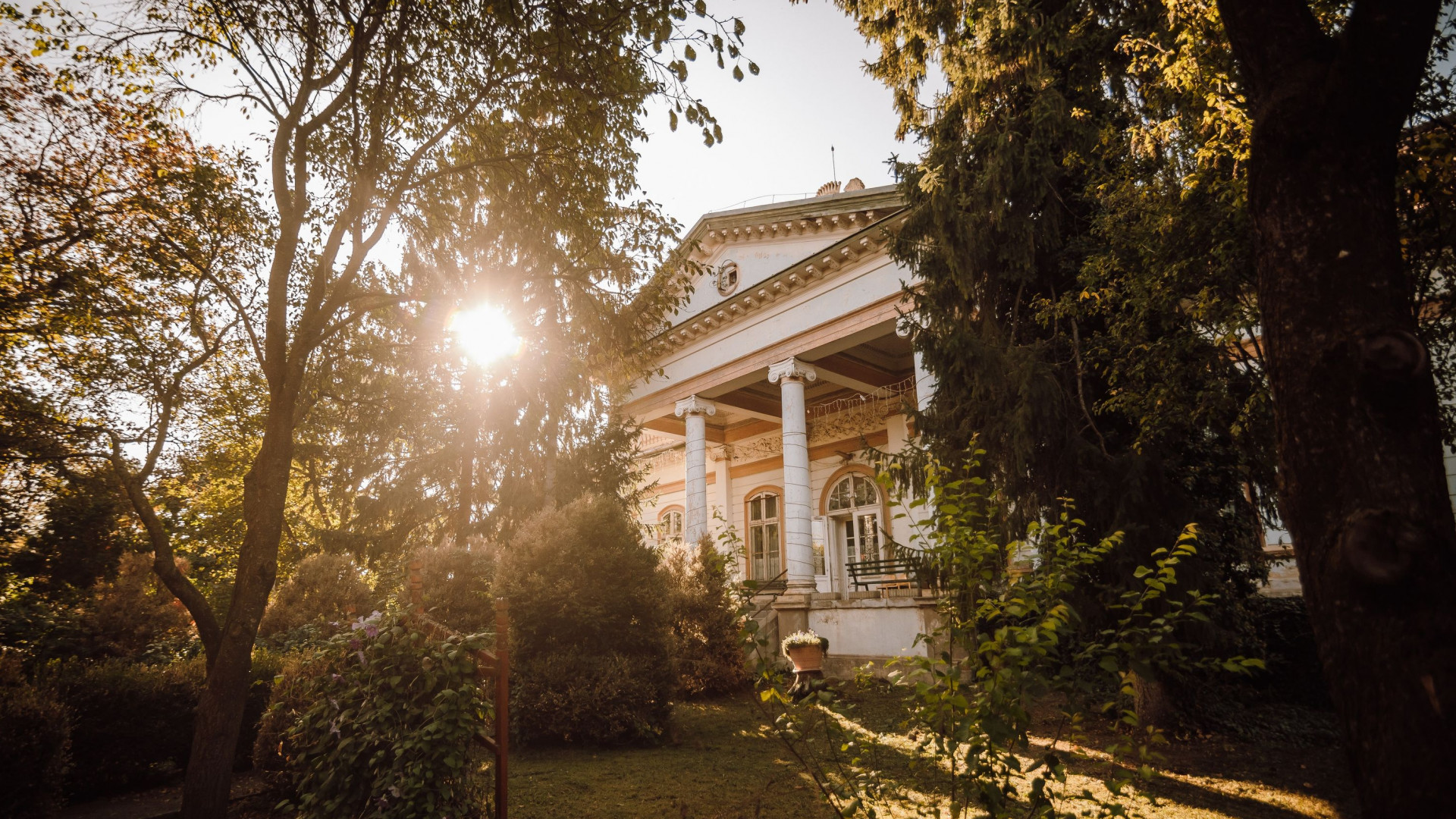
Glodeni – Teleki Castle
The Teleki family arrived in Glodeni in the 18th century, where, after the death of the first Teleki of Glodeni, the estate was divided between his two sons. Thus, two castles were built, in two separate courtyards: the lower one and the upper one. The castle that can be seen today is the one in the lower courtyard and was built in 1872 by Count Domokos Teleki. The main facade, reminiscent of neoclassical castles in the Pest area, is supported by six Ionic columns and a tympanum pediment, which is reachable via the former carriage driveway. Above the pediment is perhaps the most valuable sculpture that has survived to this day, the Teleki family crest carved in stone, which can be seen from a distance. The symmetrical, single-storey building consists of two parts and has a central hall. The rooms of the castle have ceilings with plaster ornaments and are currently used as the headquarters of the Assistance and Care Centre for the Disabled.
Learn more